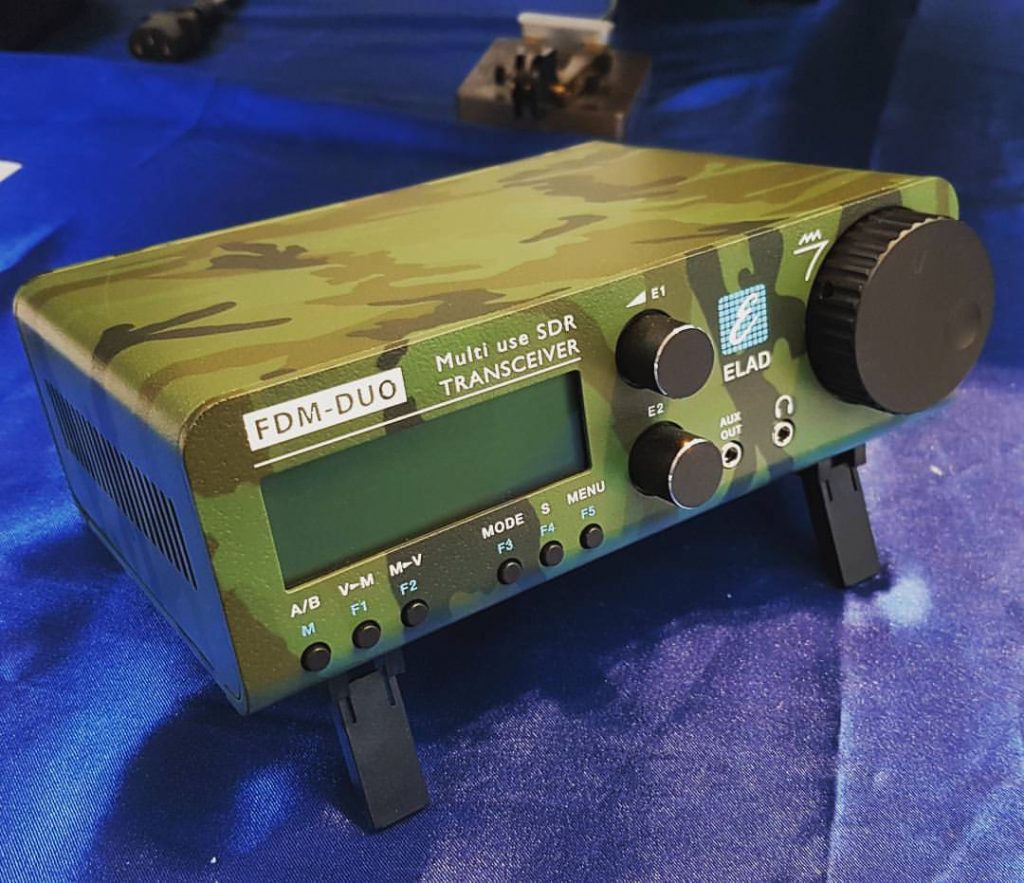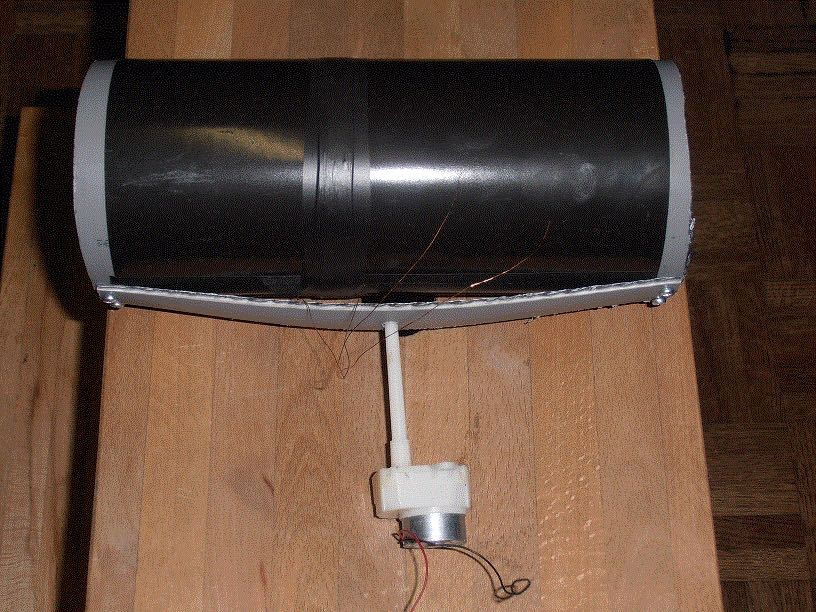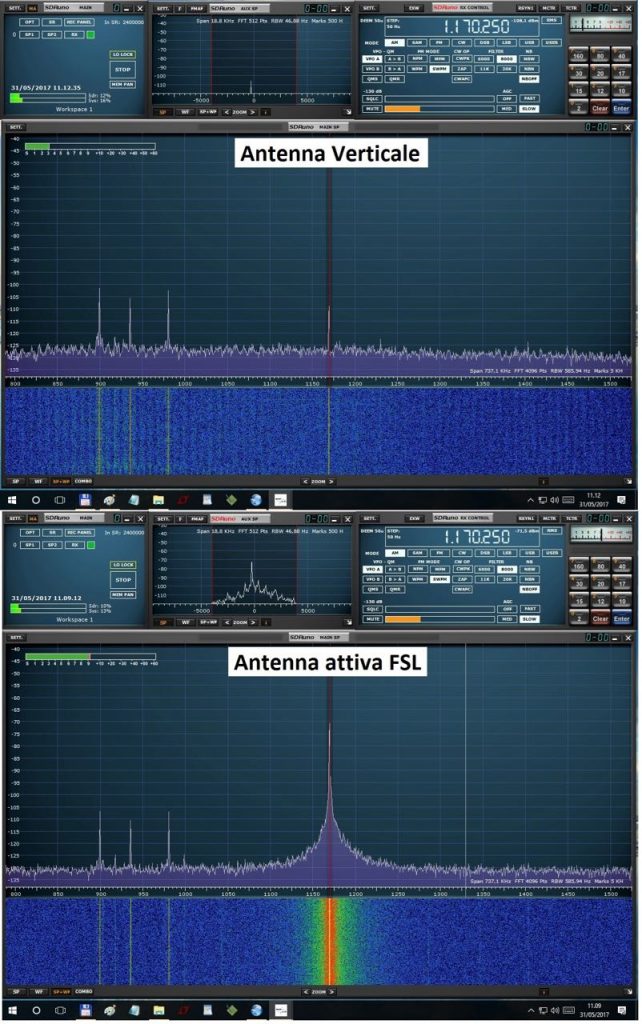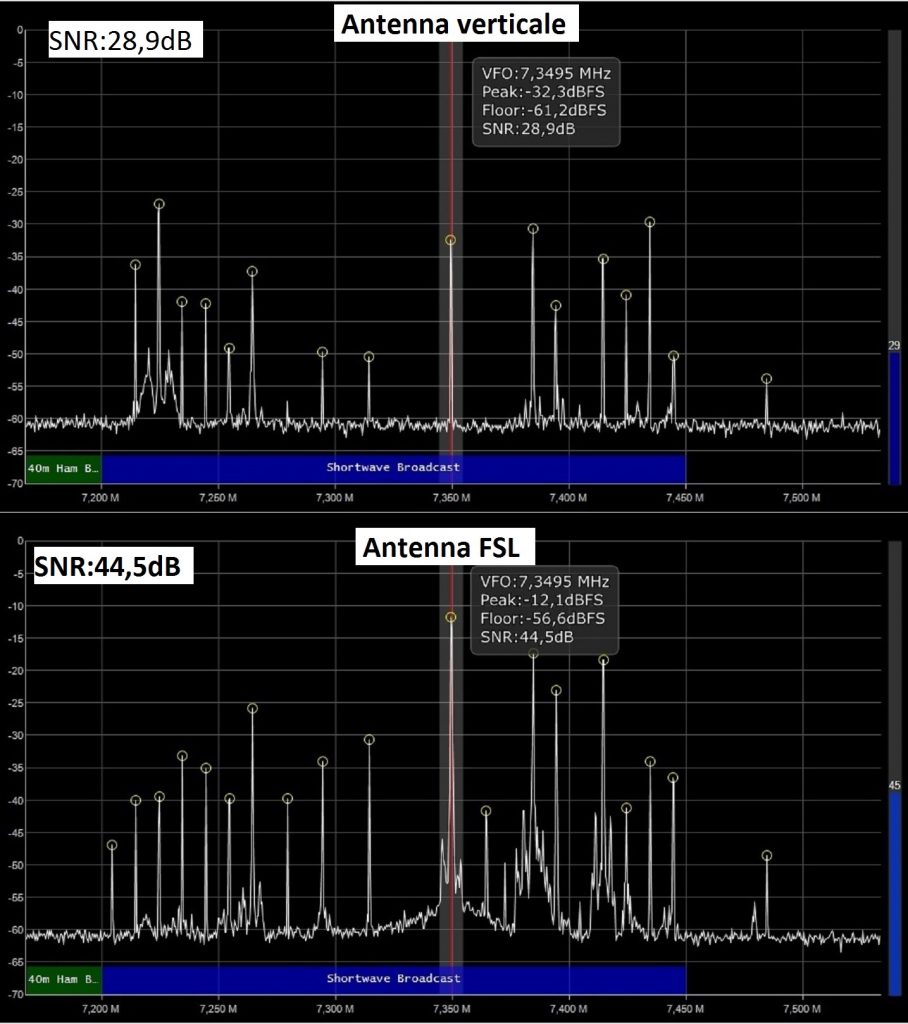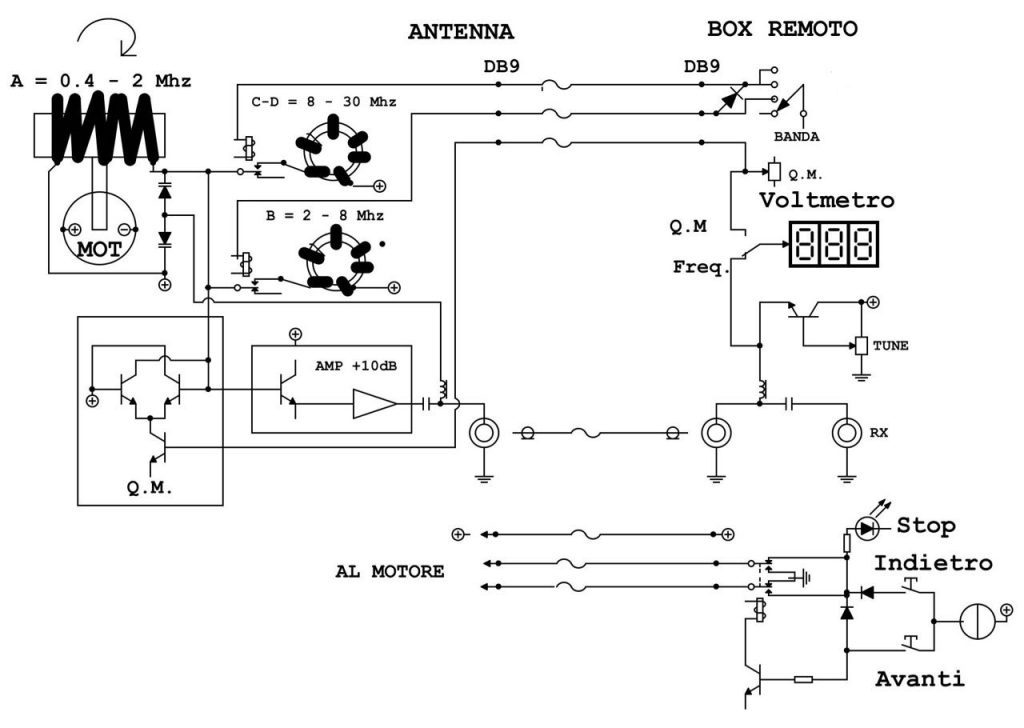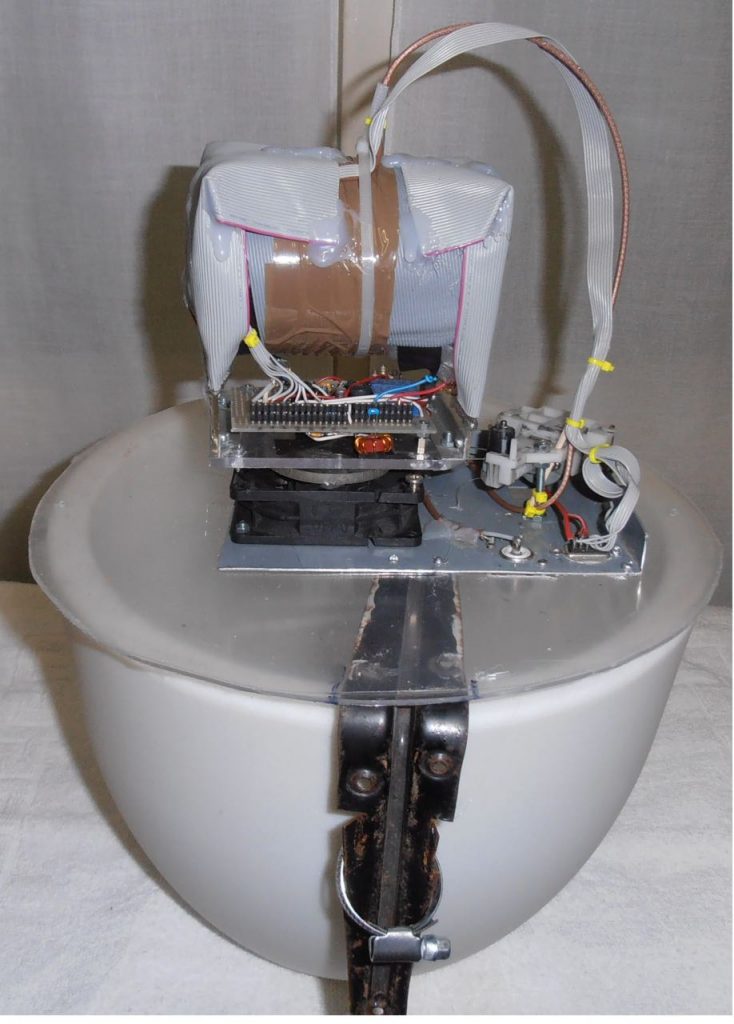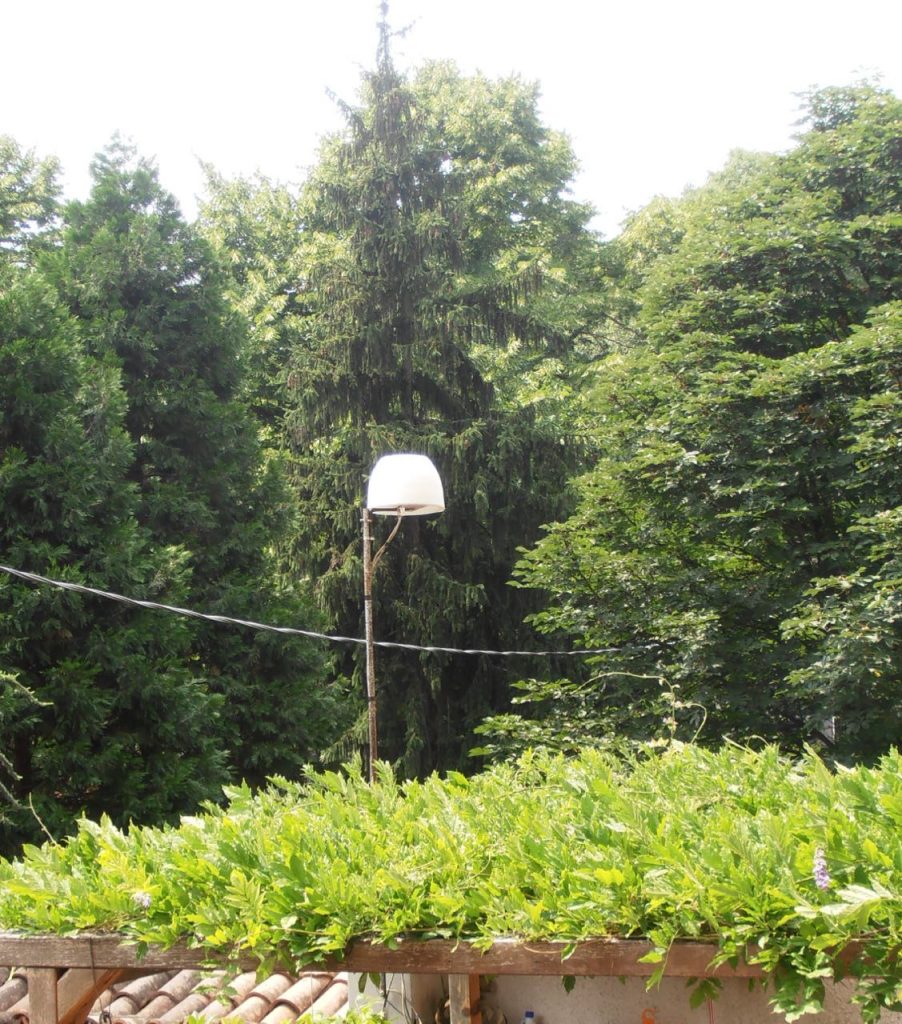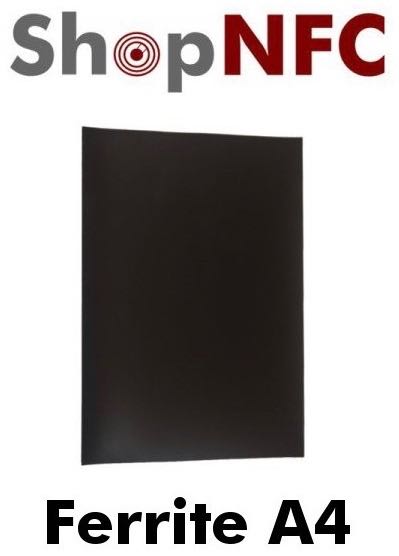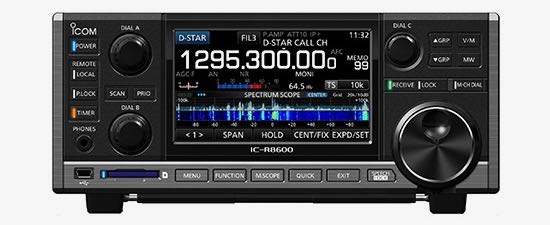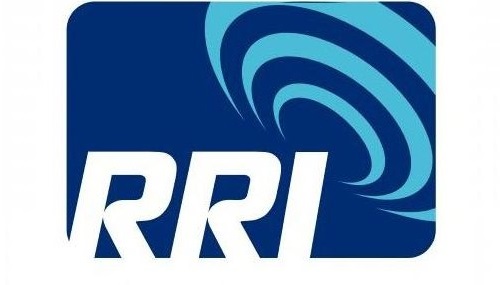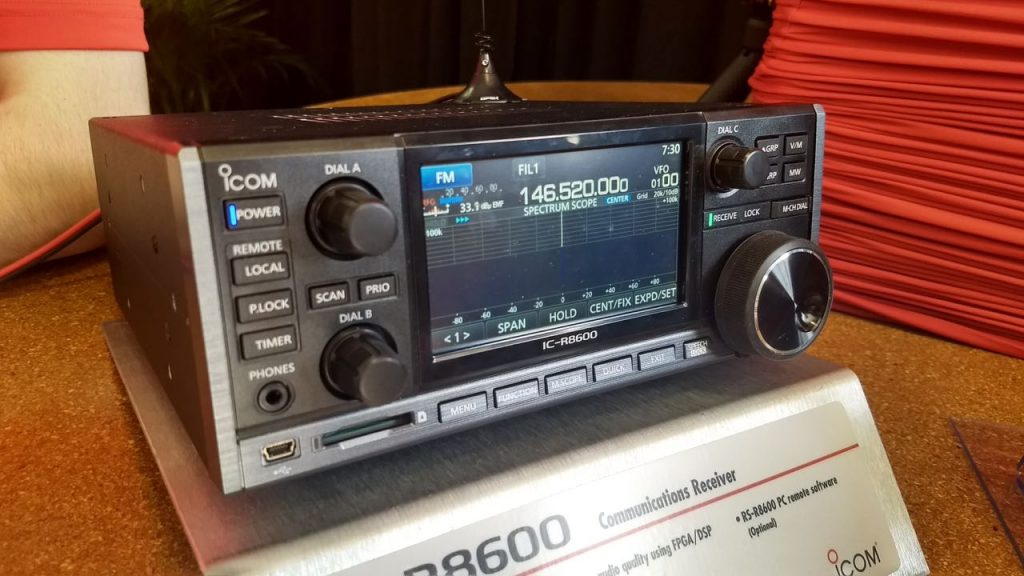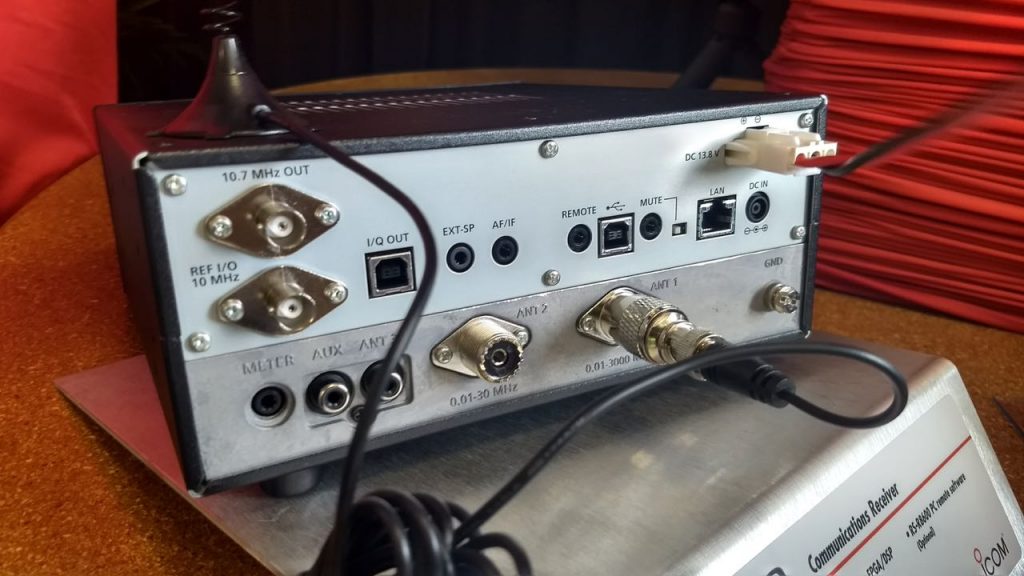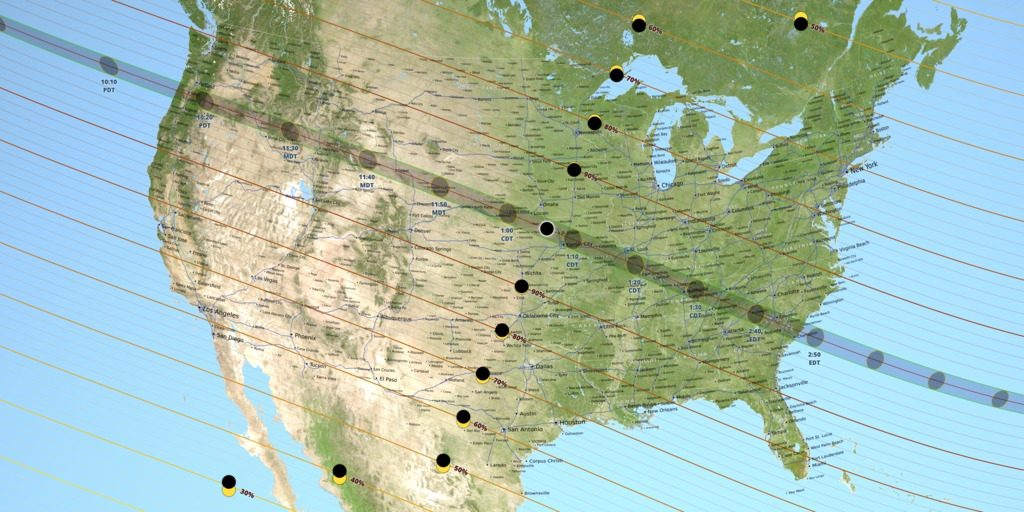
(Source: BBC Media Center via Larry W)
BBC News and CBS News announced today a new editorial and newsgathering relationship that will significantly enhance the global reporting capabilities of both organisations. The announcement was made by BBC Director of News and Current Affairs James Harding and CBS News President David Rhodes.
This new deal allows both organisations to share video, editorial content, and additional newsgathering resources in New York, London, Washington and around the world. The relationship between BBC News and CBS News will also allow for efficient planning of newsgathering resources to increase the content of each broadcaster’s coverage of world events.
James Harding, BBC Director of News and Current Affairs, says: “There’s never been a more important time for smart, courageous coverage of what’s happening in the world.
“This new partnership between the BBC and CBS News is designed to bring our audiences – wherever you live, whatever your point of view – news that is reliable, original and illuminating. Our ambition is to deliver the best in international reporting on television. We’re really looking forward to working together.”
David Rhodes, CBS News President, says: “CBS News is completely committed to original reporting around the world – a commitment clearly shared by the BBC.
“There’s no better partner to strengthen and extend our global coverage than BBC News. I look forward to working with James Harding as we increase the capabilities of both organisations.”
Sharing of content between BBC News and CBS News will begin immediately. Additional newsgathering components will be rolled out in the coming months.
The partnership builds on a relationship that dates back to the early days of television and radio news. Legendary journalist Edward R. Murrow delivered many of his famed reports from Studio B4 at BBC’s London headquarters. Murrow discussed his fondness for his work at the BBC’s studio B4, including a microphone he kept in New York with the BBC logo he used covering World War II.
This new partnership replaces the BBC’s current arrangement with ABC News.
James Harding says: “Our relationship with ABC has been long and fruitful. We have worked side by side on some of the most significant stories of our time on both sides of the Atlantic, from the attack on the Twin Towers to the wedding of the Duke and Duchess of Cambridge. We wish ABC well and would like to thank them for many years of hard work and expertise.”

